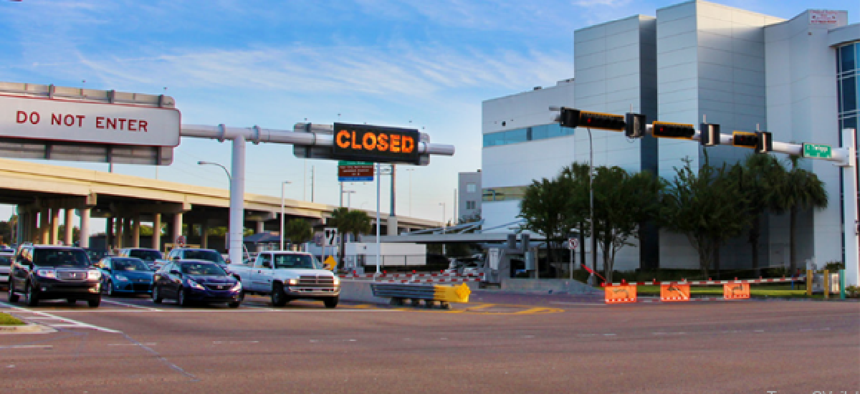Tampa demos connected-vehicle tech to draw volunteers


Connecting state and local government leaders
The city wants 1,600 residents to equip their vehicles with sensors, communications and a notification device as part of a connected-vehicle pilot program.
Tampa, Fla., is relying on its residents -- specifically people who commute on the Lee Roy Selmon Expressway -- to help test connected vehicle technology. The city already has more than 800 volunteers who have signed up to have a host of sensors and a notification platform installed in their cars, but Tampa officials want 1,600 volunteers by the time the pilot starts at the beginning of 2018.
Steve Novosad, the systems engineering lead for program, said getting the word out to more potential volunteers was the reason the city recently showcased a few of the pilot applications that officials hope will alleviate congestion during rush hour, improve pedestrian safety and prioritize public transit.
The Nov. 13 demonstration showcased three of the applications, giving spectators a look at a forward-collision warning system that notifies drivers if they are approaching a stopped vehicle, a common issue on a specific curve on the Expressway. The city also demoed the wrong-way-driver alert, which will notify those heading in the correct direction on the Expressway's reversible lanes when someone is heading the wrong way toward them. Finally, they demoed the end-of-ramp deceleration warning that lets drivers know if a queue is forming at the end of an exit ramp.
Although the project partners are still finalizing the technology for the applications, using the standards created by the Society of Automotive Engineers for messaging between cars and infrasucture has made connected vehicle pilot possible.
So far, eight cars have been outfitted with the necessary sensors and a special rearview mirror that provides the messages to drivers. This month the equipment will be installed on another 15 vehicles belonging to “friends of the pilot,” or people who work for the organizations involved in the project.
Students at the Hillsboro Community College will install the sensors, which will ensure that the city has access to people to work on these cars, even after the students graduate, Novosad said.
Some vehicles, like the newest Cadillac CTS sedans, already have the dedicated short-range communication system needed for vehicle-to-vehicle and vehicle-to-infrastructure communications factory installed. In theory, these cars should work seamlessly with Tampa's system, Novosad said, but the city will run tests to ensure the cars can communicate with the roadside units broadcasting the information.
“One of the challenges as you roll out this technology is getting everybody on the same standard and keeping them on the same standard," Novosad said.

NEXT STORY: DARPA wants war games that write their own rules




